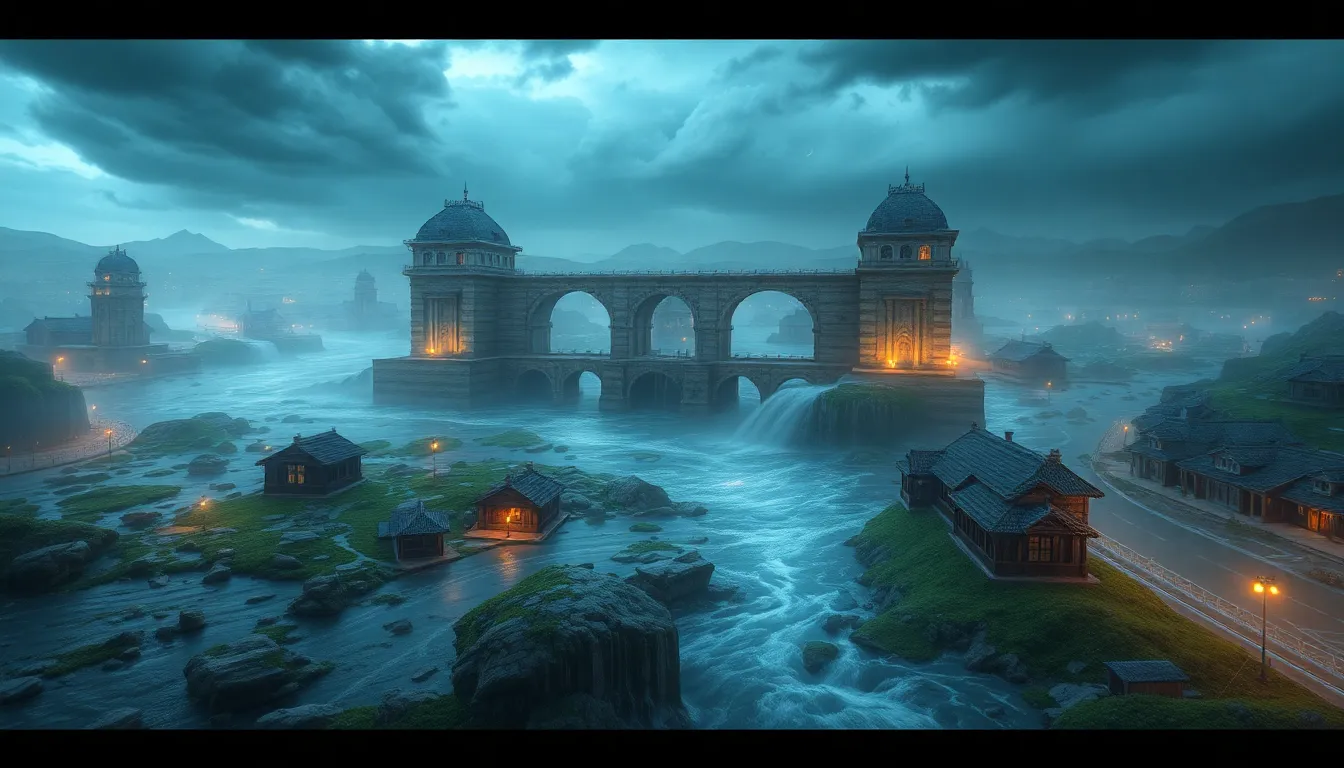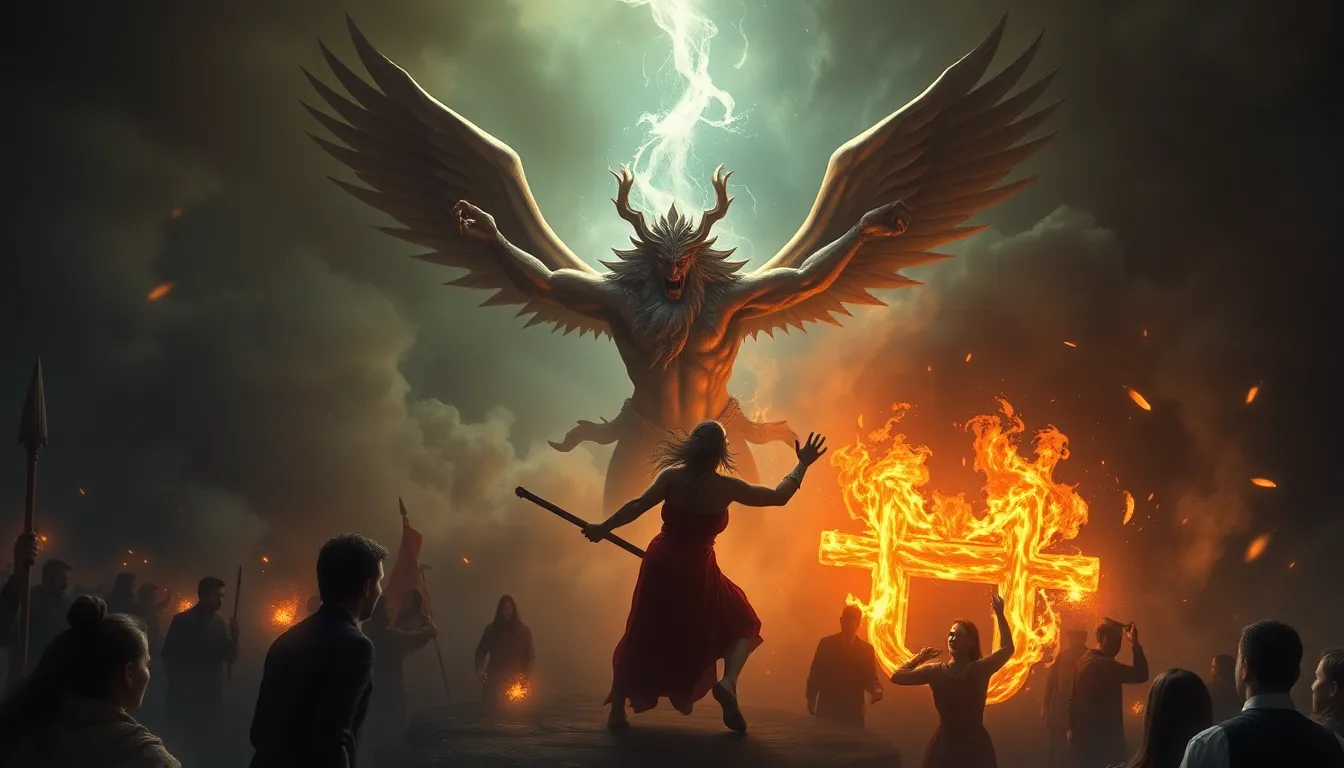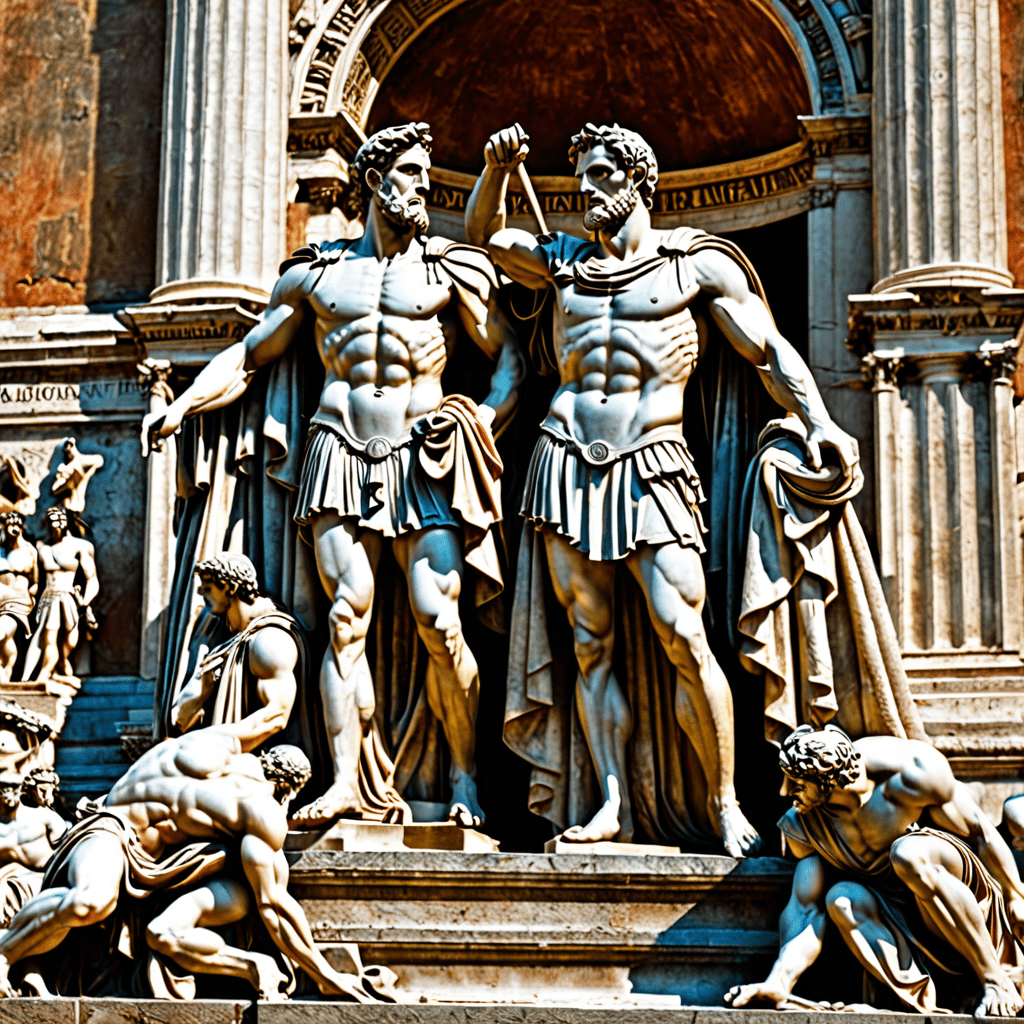The Most Influential Myths of Ancient Deities and Their Legacies
1. Introduction to Ancient Deities and Their Myths
In ancient cultures, deities were often viewed as powerful beings with control over various aspects of life and nature. These gods and goddesses personified human experiences, emotions, and ideals, serving as a mirror to the societies that worshiped them. Myths about these deities played a crucial role in expressing the values, fears, and aspirations of ancient peoples, offering insights into the human condition and the universe.
This article explores some of the most influential myths surrounding ancient deities, examining their legacies and the ways they continue to resonate in modern culture and belief systems.
2. The Pantheon of Ancient Gods: A Diverse Tapestry
Throughout history, various civilizations have crafted rich pantheons of deities, each reflecting unique cultural narratives and societal norms. Below are overviews of some prominent ancient civilizations and their key deities:
- Greek Mythology: Zeus, the king of the gods; Athena, the goddess of wisdom; and Poseidon, the god of the sea.
- Roman Mythology: Jupiter, the Roman equivalent of Zeus; Venus, the goddess of love; and Mars, the god of war.
- Egyptian Mythology: Ra, the sun god; Isis, the goddess of magic and motherhood; and Osiris, the god of the afterlife.
- Norse Mythology: Odin, the all-father; Thor, the god of thunder; and Freyja, the goddess of love and fertility.
These deities not only influenced religious practices but also shaped societal values and norms, often embodying the ideals of bravery, wisdom, and justice.
3. Creation Myths: The Birth of the Cosmos and Humanity
Creation myths are foundational narratives that explain the origins of the universe and humanity. Notable examples include:
- Greek Mythology: In Hesiod’s “Theogony,” chaos precedes the creation of the world, leading to the emergence of gods and ultimately humanity.
- Egyptian Mythology: The story of Atum, who created himself from the primordial waters of Nun and gave birth to the first gods.
These myths reflect the cultural values of their societies, addressing existential questions about life, purpose, and the cosmos. The legacy of these stories is evident in modern literature, film, and religious beliefs, where creation narratives continue to inspire and provoke thought.
4. Heroic Epics: Deities as Guides and Adversaries
Myths often weave narratives where deities interact with heroes, guiding them or standing in opposition. Examples include:
- Hercules: His legendary twelve labors often involved challenges set by the gods, illustrating both divine assistance and opposition.
- Gilgamesh: The epic showcases the friendship between Gilgamesh and Enkidu, with divine beings influencing their fate.
This interplay between the divine and the human showcases themes of courage, fate, and moral dilemmas. The impact of these narratives extends into modern literature and popular culture, where stories of heroes and their divine encounters continue to captivate audiences.
5. Love and Desire: The Myths of Romance Among the Gods
Myths of love and desire reveal the complexities of relationships, both divine and mortal. Prominent examples include:
- Aphrodite and Eros: Their tales explore the nature of love, beauty, and desire, influencing how love is perceived in ancient and modern contexts.
- Isis and Osiris: Their story of love, death, and resurrection symbolizes the enduring power of love and loyalty.
These myths underscore the significance of love in ancient societies, affecting personal relationships and societal norms. The enduring nature of these themes continues to shape contemporary understandings of romance and emotional connections.
6. The Underworld and Afterlife: Myths of Death and Rebirth
Beliefs about the afterlife and the role of deities in guiding souls vary widely across cultures. Key examples include:
- Hades: In Greek mythology, Hades rules the underworld, where souls are judged and assigned their fates.
- The Egyptian Judgment: The weighing of the heart against the feather of Ma’at determines a soul’s fate in the afterlife.
These myths profoundly influence modern views of death and the afterlife, shaping beliefs about morality, justice, and what lies beyond. The cultural legacies of these stories continue to inform spiritual beliefs and practices today.
7. Nature and Fertility Myths: Deities of the Earth and Seasons
Nature-related deities often symbolize agricultural cycles and the fertility of the earth. Examples include:
- Demeter: The goddess of the harvest in Greek mythology, representing the importance of agriculture.
- Gaia: Personifying the Earth, she embodies the interconnectedness of life and nature.
These myths reflect agricultural practices and seasonal cycles, highlighting humanity’s dependence on nature. The legacy of these narratives has influenced environmental movements and the reverence for the earth in contemporary spirituality.
8. Conflict and Chaos: Myths of War and Cosmic Struggle
Myths involving warfare and chaos often reflect societal values and cultural identities. Key figures include:
- Ares: The Greek god of war, embodying the brutal nature of conflict.
- Loki: In Norse mythology, Loki represents chaos and mischief, often bringing strife among gods and mortals.
These narratives explore the complexities of conflict, heroism, and the human condition, continuing to resonate in contemporary discussions about war and peace.
9. Modern Interpretations and Adaptations
Today, the myths of ancient deities are reinterpreted and adapted across various cultural mediums, from literature and film to art and theater. Modern adaptations often explore themes of identity, morality, and the human experience, allowing new generations to connect with these ancient stories.
In conclusion, the myths of ancient deities have left an indelible mark on human culture. They continue to shape our understanding of existence, love, conflict, and the natural world, serving as a testament to the enduring power of storytelling across time and space.




